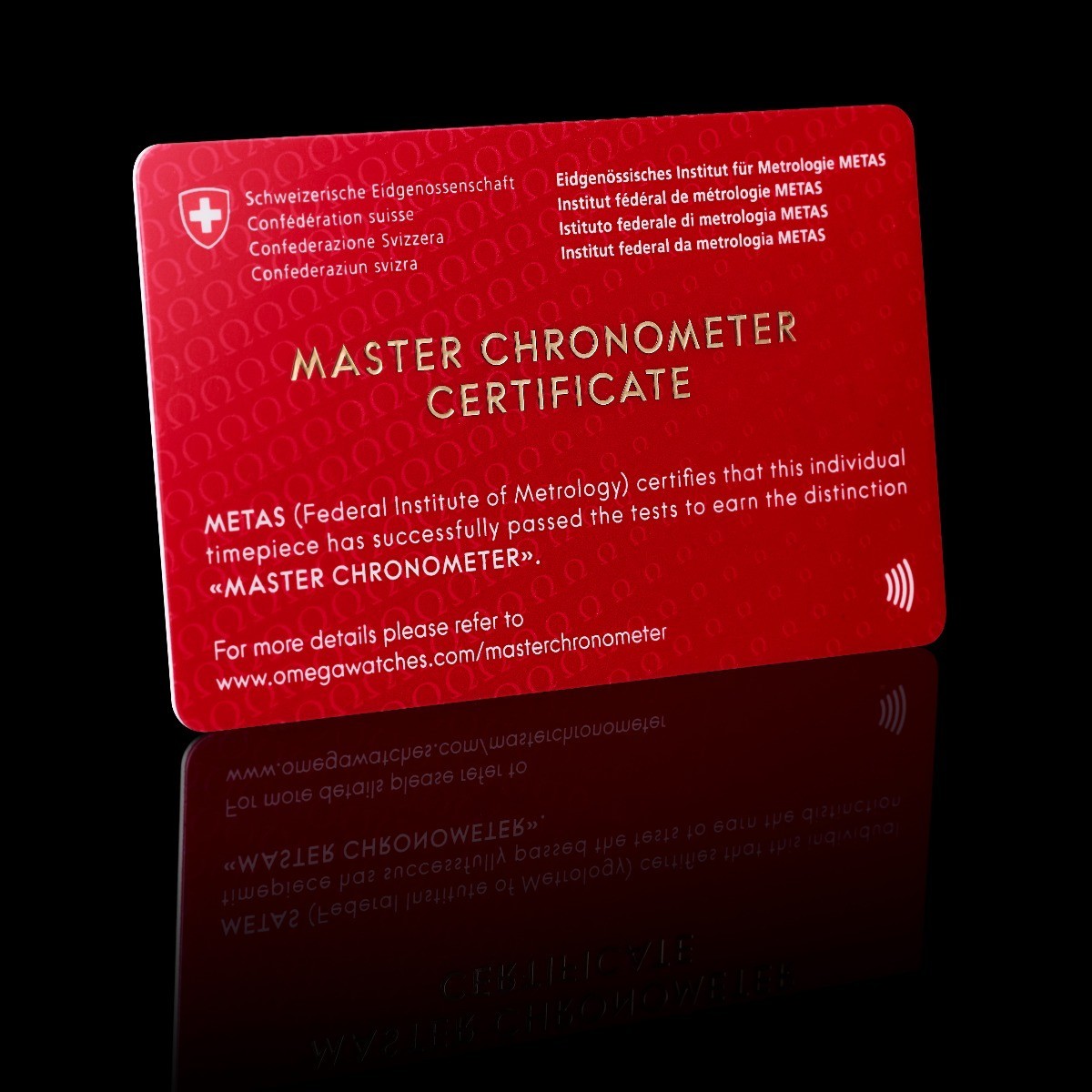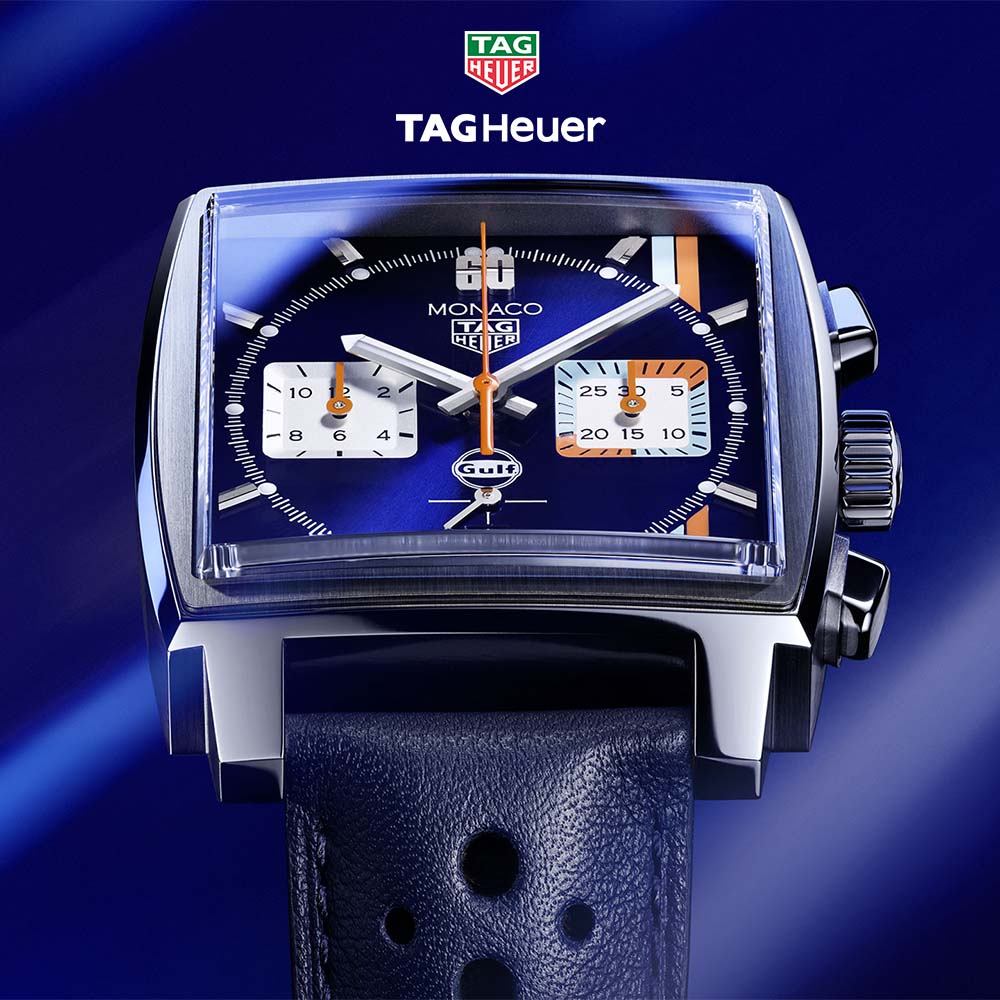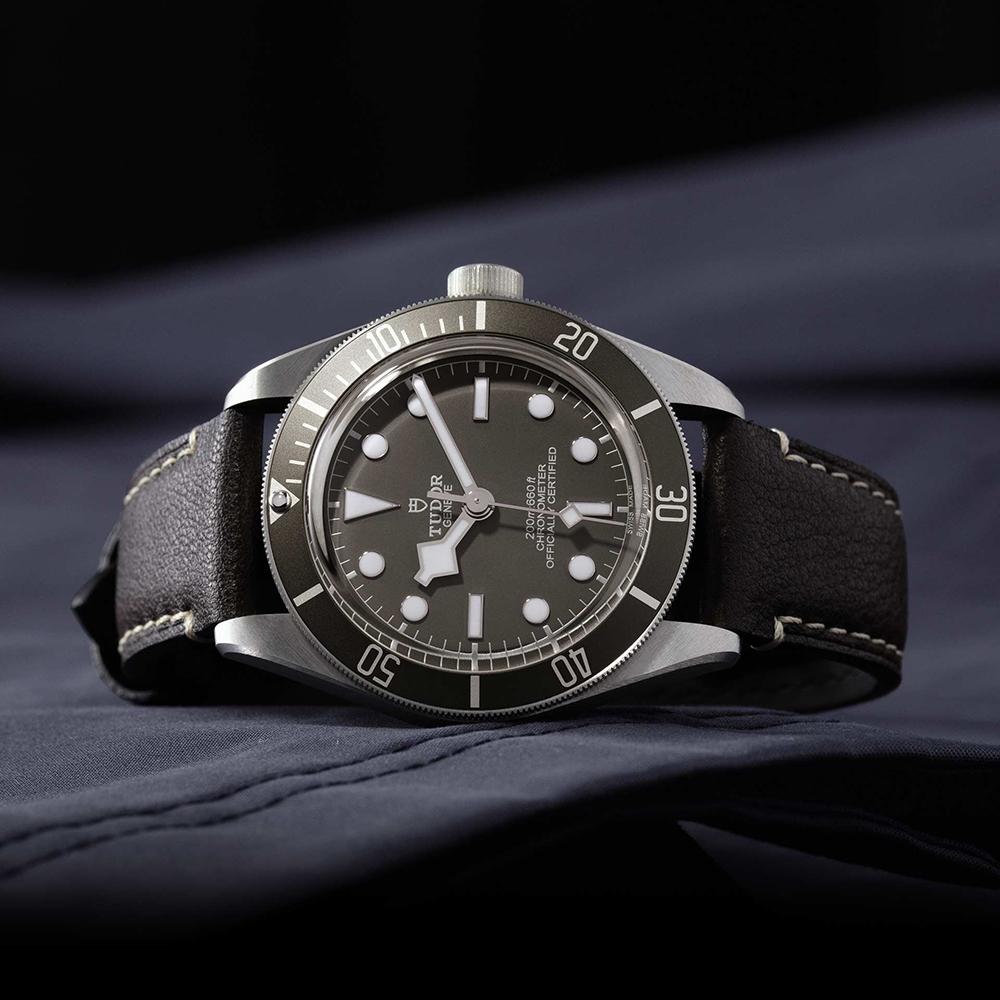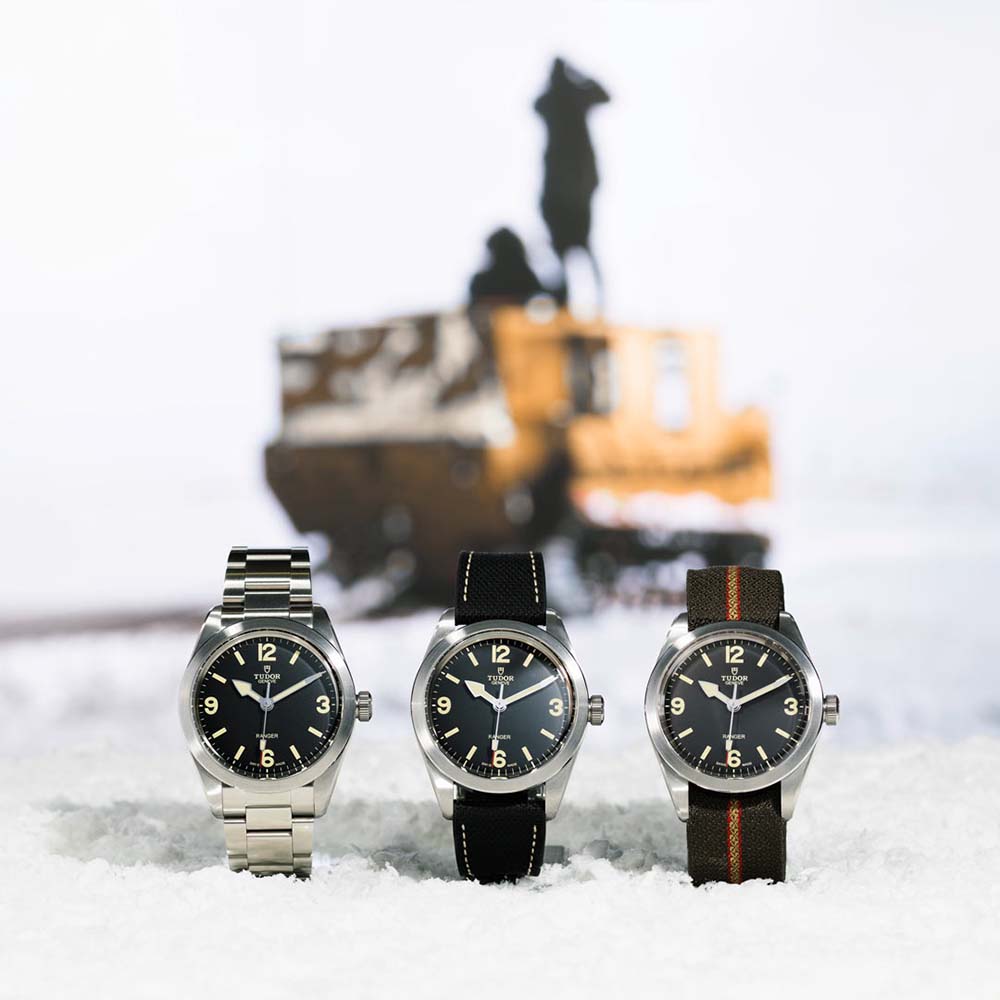Omega Master Chronometer

How can you be certain that your watch will keep accurate time? Would you use another watch to test it? Would you keep checking throughout the day to make sure the time is exact? Both options would be arduous and impractical; instead you want assurance from the moment you unbox your new timepiece that it will, pardon the pun, stand the test of time.

Assurance of quality
Many enthusiasts would argue that for true horological superiority, Swiss is best. With a long history of refined watchmaking, the authenticity of a Swiss-made watch is not only steeped in rich heritage, it is also protected by the Contrôle Officiel Suisse des Chronomètres (COSC).
COSC is the institute responsible for testing the standard of Swiss watches and awarding the official chronometer certification of performance.
What is a chronometer?
Only a watch using a movement tested and certified by COSC can officially be called a chronometer, showing that the timepiece meets certain precision standards, including a tolerance of -4 to +6 seconds of variation per day. For many manufacturers this certification is the uttermost proof of the reliability and accuracy of their watches. Omega, however, require a more thorough test for their most exclusive watch lines.
How does the Omega Master Chronometer differ?
In conjunction with the Swiss Federal Institute of Metrology (METAS), a governmental centre of competence for all areas related to measurement, measuring equipment and processes, Omega developed a new measure of excellence; the Master Chronometer.
To achieve this exemplary status, a watch, with a movement already certified as a COSC chronometer, undergoes a series of eight arduous tests:
1. Function of movement
The tolerance of a Master Chronometer is improved over the COSC chronometer to 0 to +5 seconds of variation per day.
Every single watch sold by Omega as a Master Chronometer undergoes these tests to ensure an utmost assurance of quality.
Furthermore, the Master Chronometer certification provided by Omega for your watch allows you to view the specific results of all eight tests on their website.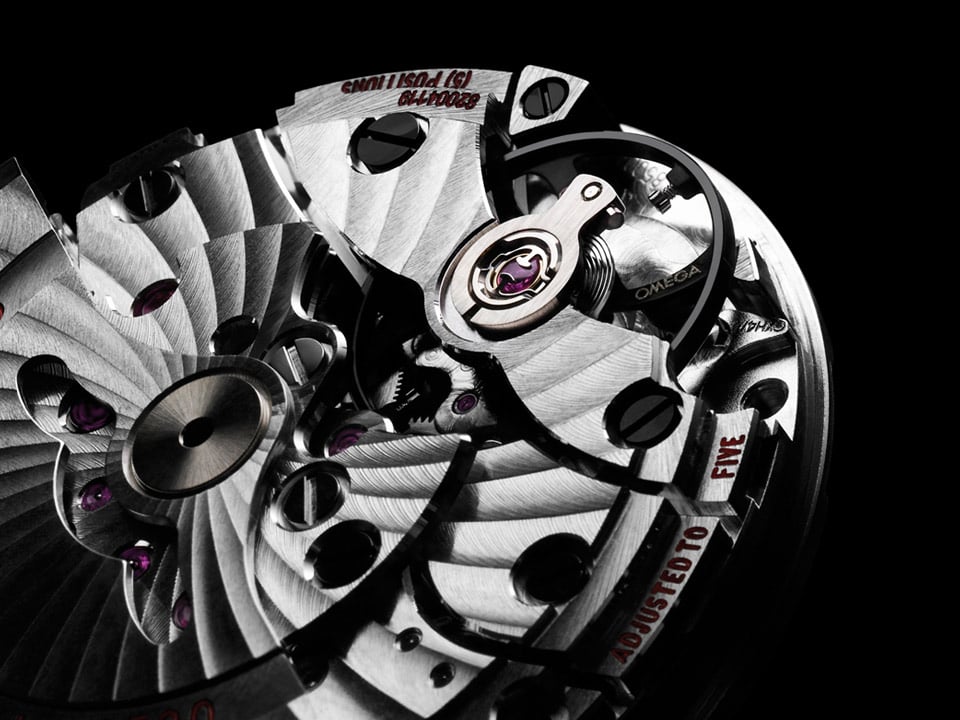
Why magnetism?
Magnetism is an unseen result of our daily reliance on technology. Smartphones, tablets, stereos, hairdryers, microwave ovens, medical equipment; from the little to the large, all of these devices, and many more, can pass on a magnetic field.
The movement inside your watch consists of tiny steel components, all of which can be affected by a magnetic force, and even the slightest effect from a device like your alarm clock can cause your watch to gain or lose time.
For context, a refrigerator magnet might emit up to 50 gauss so by testing a Master Chronometer watch to 15,000 gauss, Omega ensure your watch will avoid the long-term effect on accuracy from exposure to the magnetic fields encountered in everyday life.